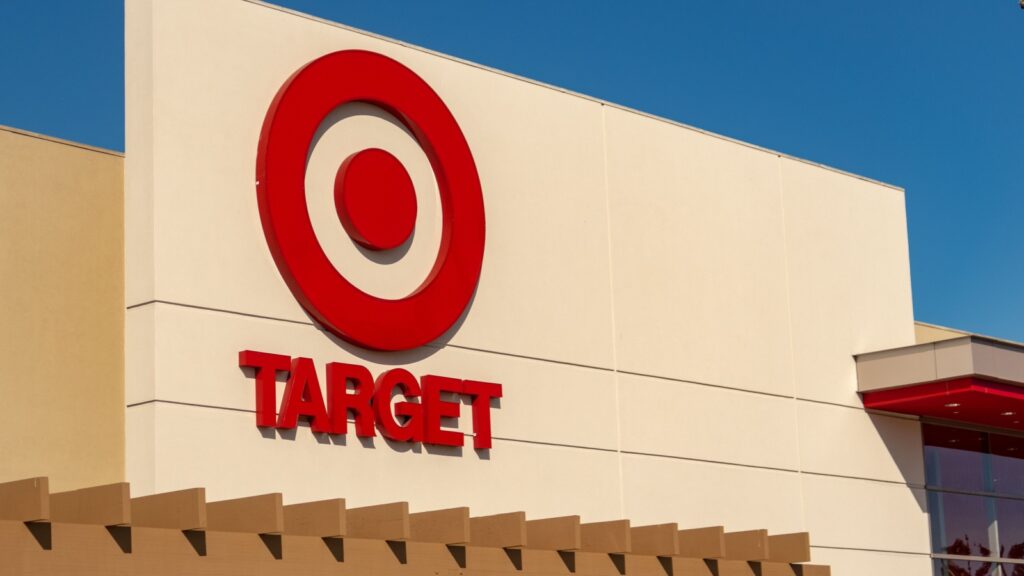Canada’s retail landscape has changed so fast that many once-beloved stores are now just nostalgic memories. These were the places that defined weekend outings, back-to-school shopping, and holiday sales. Each one had a loyal following, familiar jingles, and a certain charm that big-box replacements never matched. Here are 21 beloved Canadian stores that don’t exist anymore.
T. Eaton Company (Eaton’s)

Founded in 1869, Eaton’s was a household name for more than a century. It introduced mail-order catalogues, massive downtown stores, and even its own brand of goods. Eaton’s symbolized middle-class aspirations and Canadian retail pride. However, by the 1990s, the company was struggling to adapt to new competitors and discount stores. Poor management decisions and a failed pricing strategy led to bankruptcy in 1999. The closing of Eaton’s marked the end of a Canadian retail era, leaving generations reminiscing about its Christmas windows, famous catalogues, and the slogan “Goods Satisfactory or Money Refunded.”
Zellers
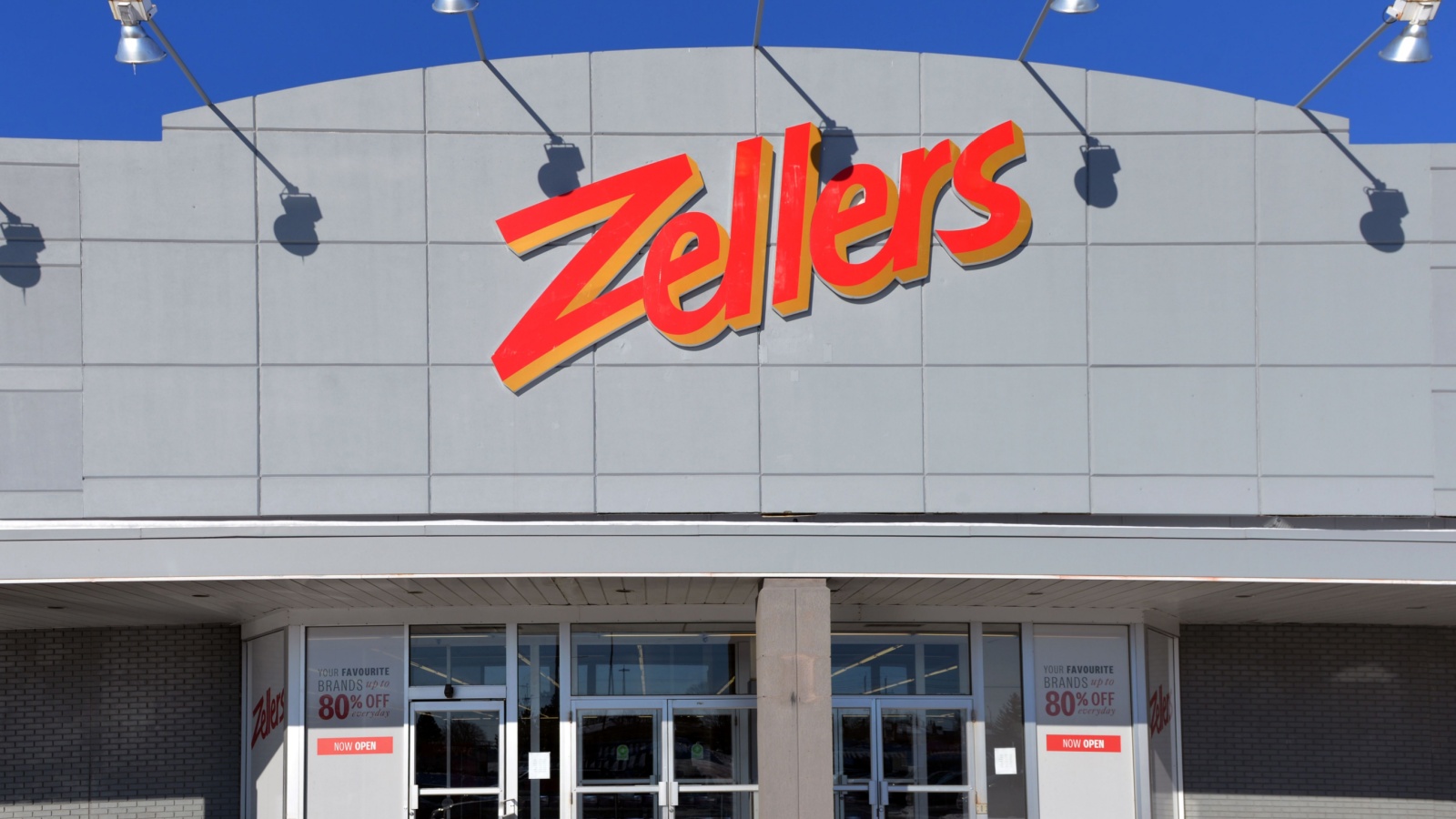
Zellers, founded in 1931, was the ultimate destination for budget-friendly family shopping. It offered everything from kitchenware to kids’ clothes and had a loyal base drawn by its “The Lowest Price is the Law” slogan. For decades, it thrived as a proudly Canadian chain competing with Woolco and Kmart. However, when Walmart entered Canada in the 1990s, Zellers began to lose ground. Its outdated stores and inconsistent branding couldn’t keep up with modern retail trends. By 2013, most locations were gone. Many Canadians still miss its nostalgic red logo and affordable holiday toy sales.
Woolco
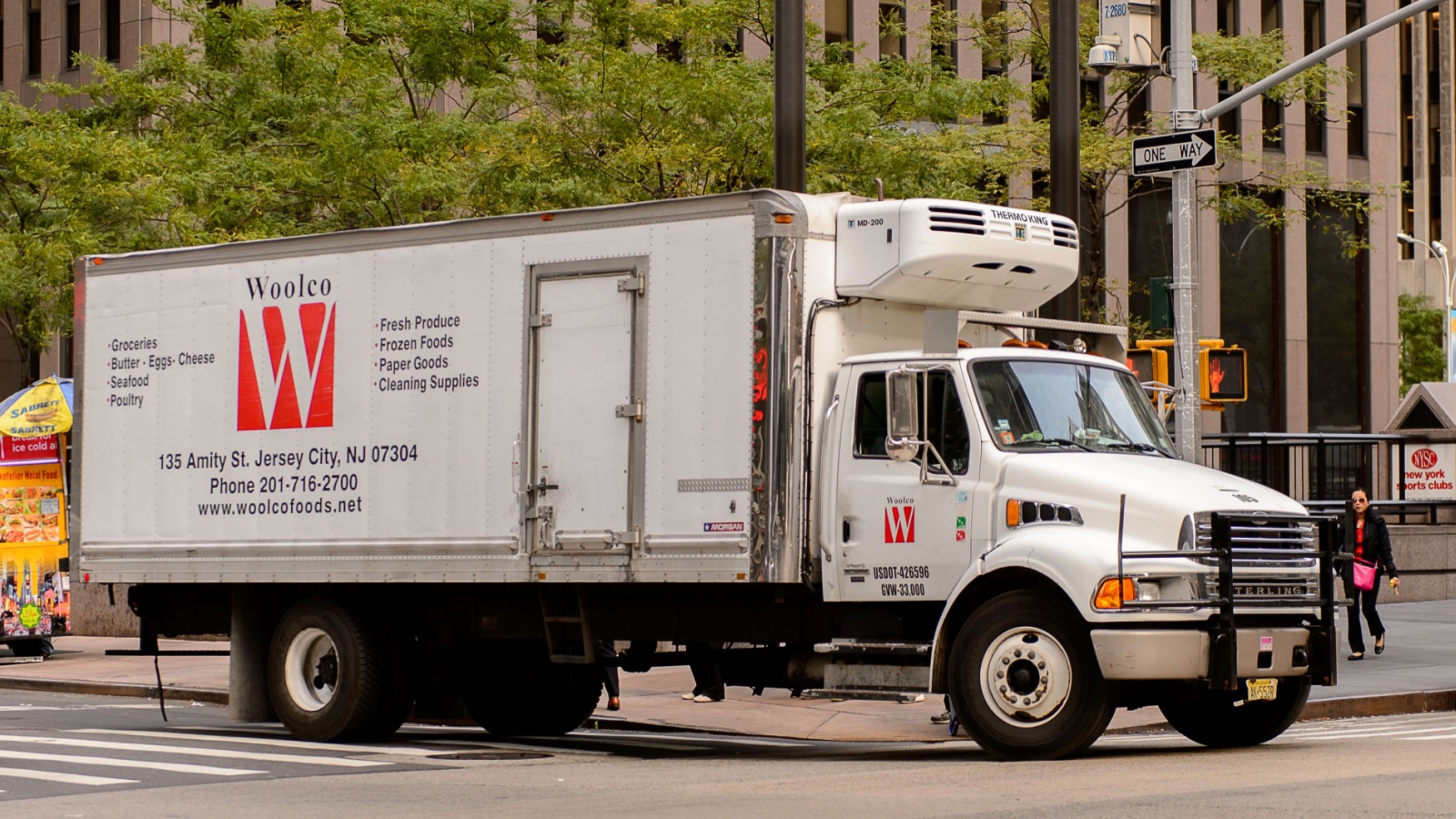
An American-born retailer that found massive success in Canada, Woolco was introduced in the 1960s as a discount department store. It became a go-to destination for affordable fashion, housewares, and toys. Its bright red signage and warehouse-style aisles were instantly recognizable. However, as retail competition intensified, Woolco’s Canadian operations were sold to Walmart in 1994. That sale changed the entire retail landscape, ushering in an era of American big-box dominance. For many, Woolco remains a symbol of simpler shopping days before Walmart’s arrival and the shift toward ultra-corporate retail experiences.
Target Canada

When Target arrived in Canada in 2013, the excitement was massive. Shoppers expected the same stylish yet affordable experience that Americans enjoyed. But the rollout was rushed. Inventory issues, empty shelves, and inflated prices quickly turned enthusiasm into frustration. Within two years, the company announced it was closing all 133 Canadian stores. By 2015, Target Canada was gone, taking thousands of jobs with it. Its failure became one of the most discussed retail flops in Canadian history. Despite the disappointment, Canadians still joke about missing “the Target experience” they never really got to have.
Sears Canada

For decades, Sears Canada was a staple for appliances, fashion, and catalog shopping. Families relied on its dependable products and customer service. However, in the 2000s, online retail and new competitors like Costco and Amazon eroded its base. Cost-cutting measures replaced innovation, and its stores began to feel dated. By 2017, the company declared bankruptcy and liquidated all remaining locations. The loss was felt deeply, especially in smaller towns where Sears was one of few major retailers. For many, the fall of Sears marked the end of an era when shopping felt more personal and trustworthy.
Home Outfitters

Launched by Hudson’s Bay in 1999, Home Outfitters was designed to compete with Bed Bath & Beyond. It offered kitchen gadgets, linens, and home décor, catering to middle-class Canadians building or furnishing homes. For years, it served as a convenient one-stop shop for housewarming essentials. But as online shopping grew and brands like Amazon took over, foot traffic declined. By 2019, all stores were closed. Home Outfitters’ disappearance was quiet but symbolic, showing that even large parent companies like Hudson’s Bay couldn’t save traditional homeware retail in the digital era.
Army & Navy

Founded in Vancouver in 1919, Army & Navy proudly called itself “Canada’s Original Discount Store.” It catered to bargain hunters long before outlet malls were trendy. Known for its annual shoe sale and family-friendly deals, the chain became a West Coast institution. But as retail costs rose and online shopping expanded, Army & Navy struggled to compete. In May 2020, after 101 years in business, it shut down for good. Its closure was felt especially in Western Canada, where generations had grown up buying everything from fishing gear to family Christmas gifts there.
SAAN Stores

SAAN, short for “Surplus Army, Air Force, Navy,” started in Manitoba in 1947. It sold military surplus before expanding into affordable clothing and home goods. The chain became a fixture in small towns across the country, where big-box stores hadn’t yet arrived. For decades, SAAN was where families found reliable basics at low prices. However, after years of declining sales and competition from Walmart and Giant Tiger, the company filed for bankruptcy in 2008. Its closing marked the loss of another humble, community-oriented retailer that had quietly served millions for over 60 years.
A&B Sound

A&B Sound was a Vancouver-based electronics retailer that began in 1959 and became legendary among audiophiles. Known for its unbeatable prices on stereos, CDs, and TVs, it was a weekend ritual for tech enthusiasts. The stores often had lineups for Boxing Day sales that stretched around the block. But as online shopping and streaming services grew, the need for physical media stores vanished. By 2008, A&B Sound filed for bankruptcy. Its closure reflected not just the end of a store, but the end of an era when browsing record aisles was a national pastime.
Future Shop
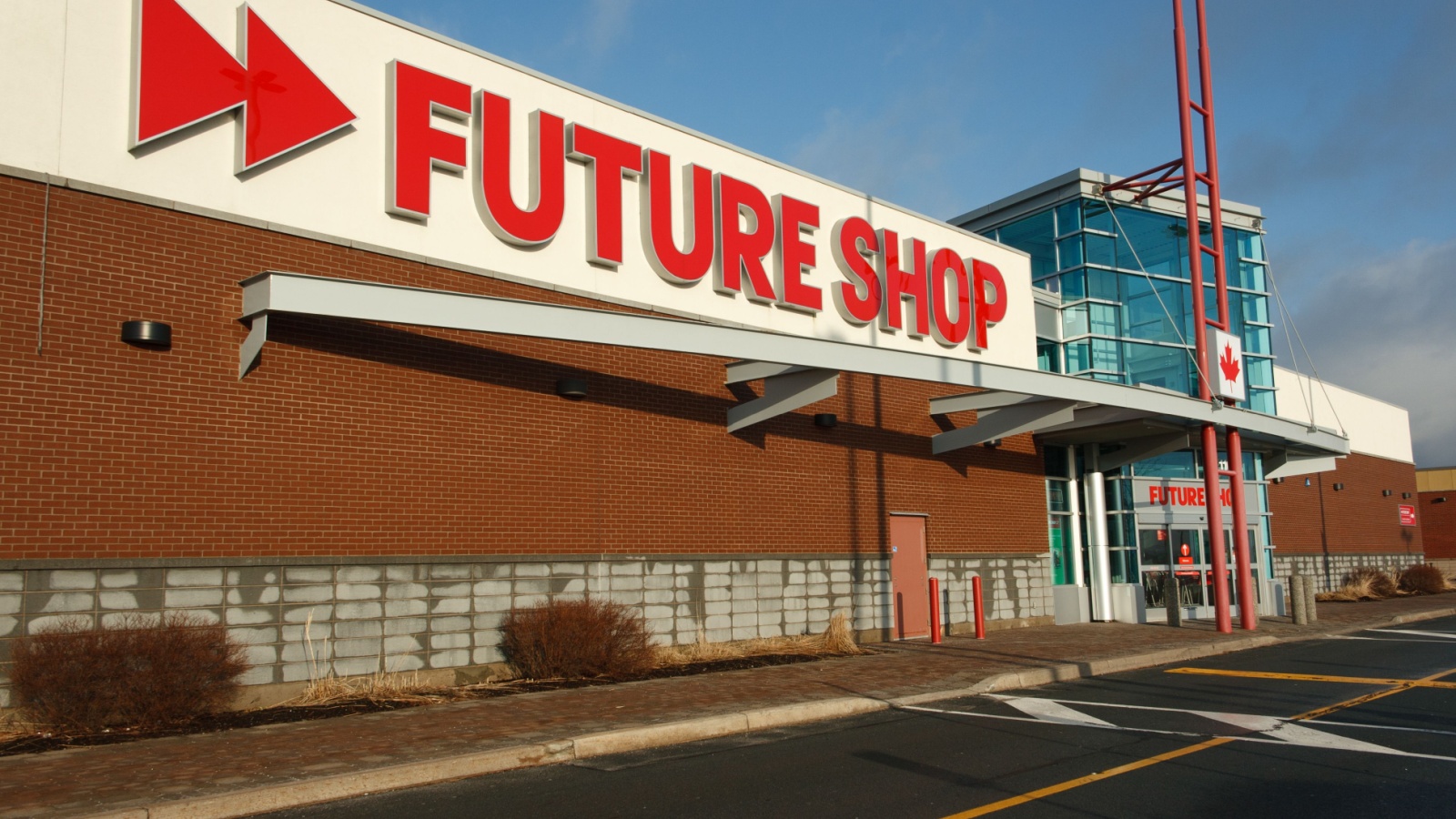
Founded in 1982 in British Columbia, Future Shop revolutionized tech retail in Canada. It was where Canadians bought their first computers, video games, and flat-screen TVs. Best Buy acquired it in 2001 but kept both brands running, until 2015, when all Future Shop locations were abruptly converted or closed. Loyal shoppers were shocked by the sudden decision. Its red-and-black branding and knowledgeable staff became nostalgic symbols of early-2000s tech enthusiasm. Future Shop’s disappearance showed how even thriving electronics stores couldn’t survive the evolving digital marketplace and increasing online convenience.
Consumers Distributing

From the 1970s to 1990s, Consumers Distributing was a Canadian retail icon. Its catalogue-based shopping system allowed customers to browse products in-store, fill out a form, and pick up items from the warehouse. It felt futuristic at the time but became outdated as other retailers improved their stock availability and store experiences. By 1996, the company shut down. Today, it’s remembered fondly as a pre-internet version of online shopping, complete with the waiting and disappointment of “out of stock” notices, only in physical form. It was a Canadian classic that came just too early.
BiWay
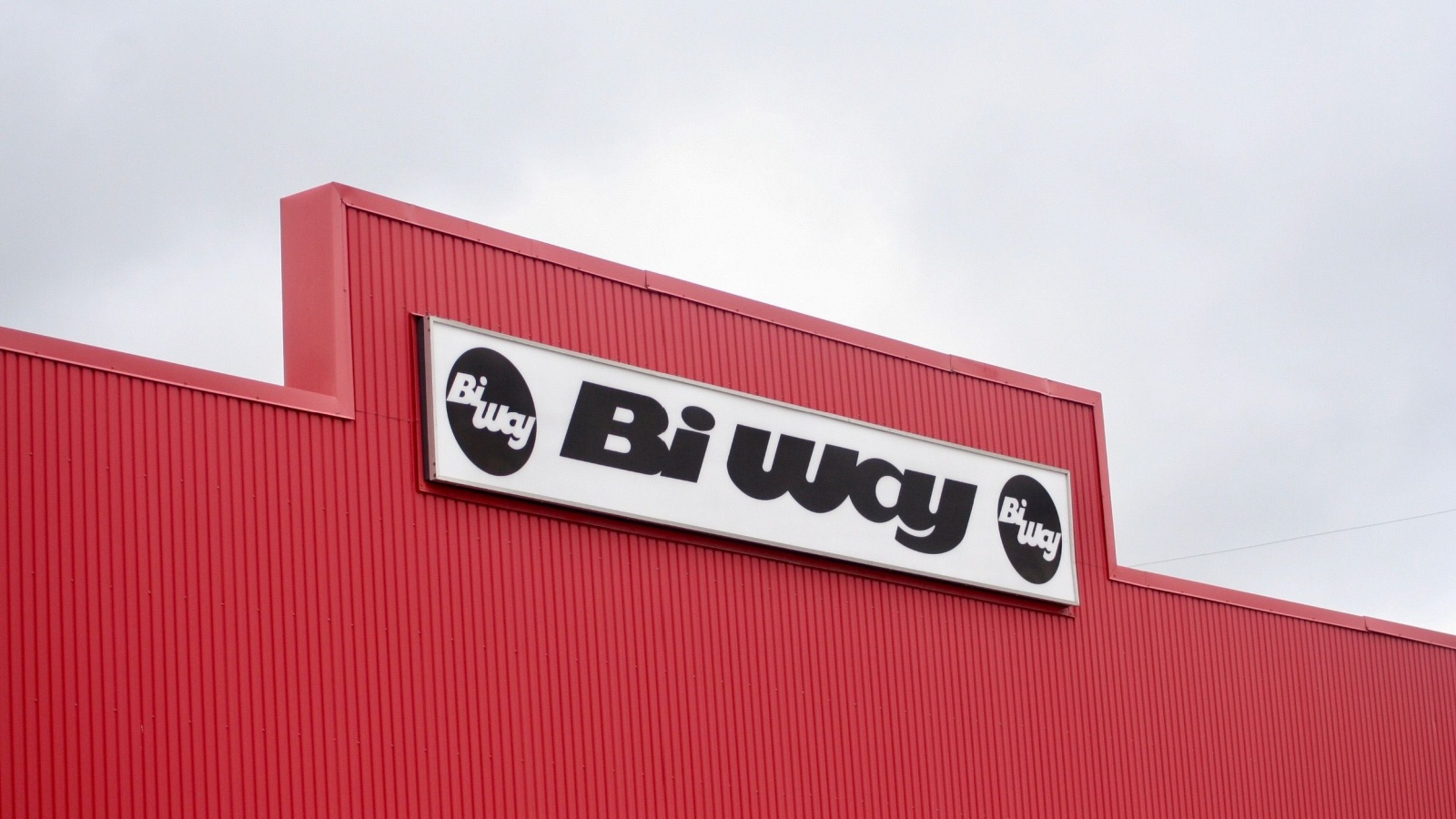
BiWay was the budget-lover’s paradise from the 1960s through the early 2000s. Known for its “Everything Under $10” concept, it was the go-to place for basics, school supplies, clothing, and snacks. It thrived in neighborhood plazas and small towns but struggled as retail chains modernized. Poor management and increased competition from Dollarama led to bankruptcy in 2001. For many, BiWay was a symbol of affordability and community convenience. Although there have been talks of revivals, the golden days of that blue-and-yellow logo remain a nostalgic part of Canadian shopping history.
Northern Reflections

Launched in the 1980s, Northern Reflections offered comfortable women’s clothing inspired by Canadian nature. Its stores had a cozy, boutique-like feel and loyal customers who appreciated its quality and locally relevant designs. But as fast fashion chains like H&M and Zara spread, Northern Reflections couldn’t compete on price or trends. Many stores closed during the 2000s, leaving only a few remaining online presences before fading out completely. The brand’s quiet departure saddened many longtime customers who valued its simplicity and Canadian charm during an era of increasingly globalized fashion.
Jacob

Jacob was a Montreal-based women’s fashion chain founded in 1977. It became a mall staple, known for elegant yet affordable workwear and dresses. Its focus on modern, minimal style made it especially popular among young professionals. But when international brands like Forever 21 and Zara entered Canada, Jacob couldn’t maintain its market share. Despite several restructuring attempts, the company closed all its stores by 2014. Many shoppers still miss its classic designs and local manufacturing roots. Jacob’s closure symbolized the decline of homegrown fashion brands competing in a global retail arena.
Addition Elle

Addition Elle was Canada’s go-to brand for plus-size women’s fashion. Launched in 1980, it built a strong community around inclusivity, body positivity, and trendy designs. It offered fashionable alternatives to a market often limited in size diversity. However, by 2020, the parent company Reitmans closed all 77 Addition Elle stores, citing shifting consumer patterns and financial challenges. The closure left a noticeable gap in the retail landscape for size-inclusive fashion. While its legacy lives on through online resales and nostalgic fans, many saw its end as a setback for fashion inclusivity in Canada.
Bowring
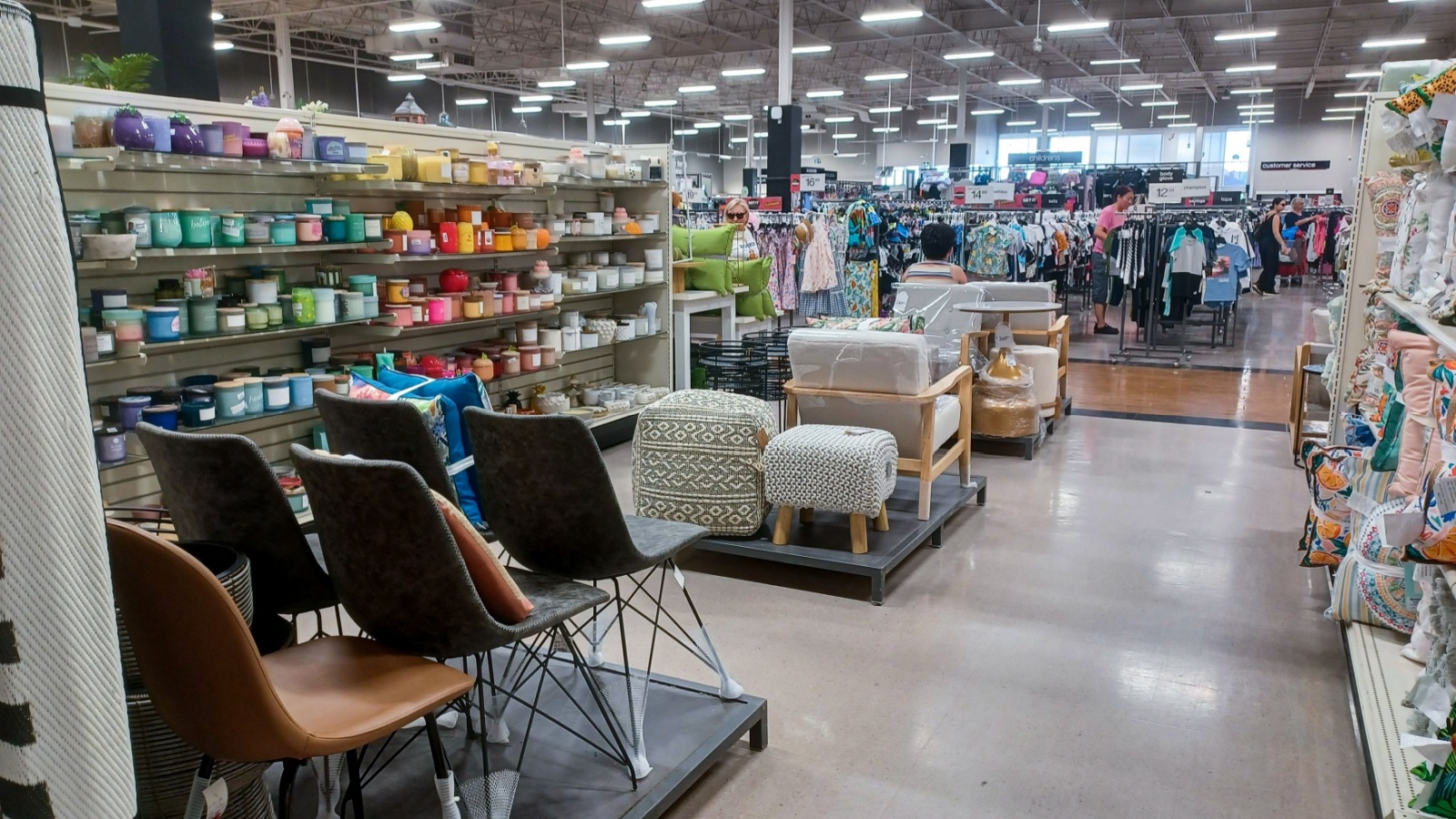
Bowring, founded in Newfoundland in 1811, was one of Canada’s oldest retailers. It specialized in home décor, gifts, and dinnerware, catering to shoppers with refined taste. For generations, Bowring was the go-to store for weddings, anniversaries, and housewarming presents. However, declining mall traffic and growing online competition hurt sales. After more than 200 years, Bowring closed all stores in 2019. Its disappearance marked the end of a brand that connected tradition, craftsmanship, and elegant home living, a quiet loss for Canadians who loved finding perfect keepsakes in its aisles.
Bombay Company
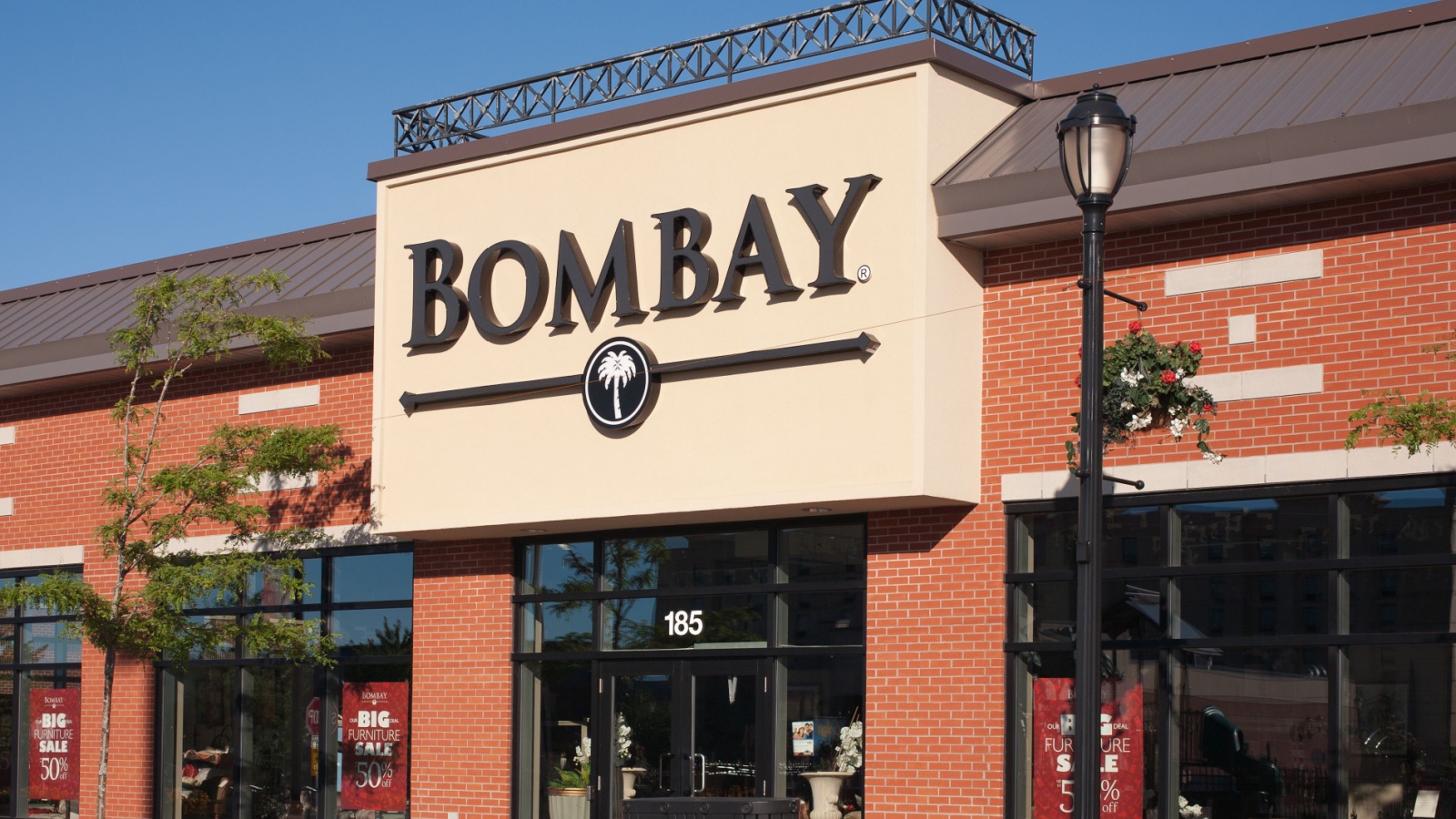
The Bombay Company entered Canada offering colonial-inspired furniture and décor that appealed to middle-class buyers in the 1990s and early 2000s. Its stores were filled with mahogany tones, ornate mirrors, and decorative lamps. The brand’s distinct style stood out, but shifting design trends toward minimalism and modern furniture eroded its customer base. By 2019, the Canadian division shut down entirely. Bombay’s closure represented more than declining sales, it was a cultural shift from formal, decorative interiors toward the clean, minimalist aesthetic that now dominates home décor.
Petcetera

Founded in Vancouver in 1997, Petcetera was a pioneer in the Canadian pet retail market. It combined pet supplies, grooming, and adoption services in one space, long before PetSmart and Amazon dominated. Its stores were large, friendly, and focused on animal welfare. But the 2008 recession and rising costs hurt operations, leading to bankruptcy filings in 2009 and again in 2014. After that, all stores closed. Petcetera’s fall left a gap for independent pet retailers and reminded Canadians how even well-loved niche chains can struggle against larger, multinational competitors.
Fields Stores

Fields began in 1950 in Vancouver and quickly grew into a trusted general merchandise chain. It focused on small towns, offering low-priced essentials from clothing to cookware. At its height, it had over 140 locations across Western Canada. When new ownership tried to modernize, sales still fell as rural consumers shifted to Walmart and online shopping. By 2012, most stores were closed. Fields had represented dependable, local retail for smaller communities, and its disappearance hit those areas hardest. It was more than a store; it was part of small-town daily life.
Honest Ed’s
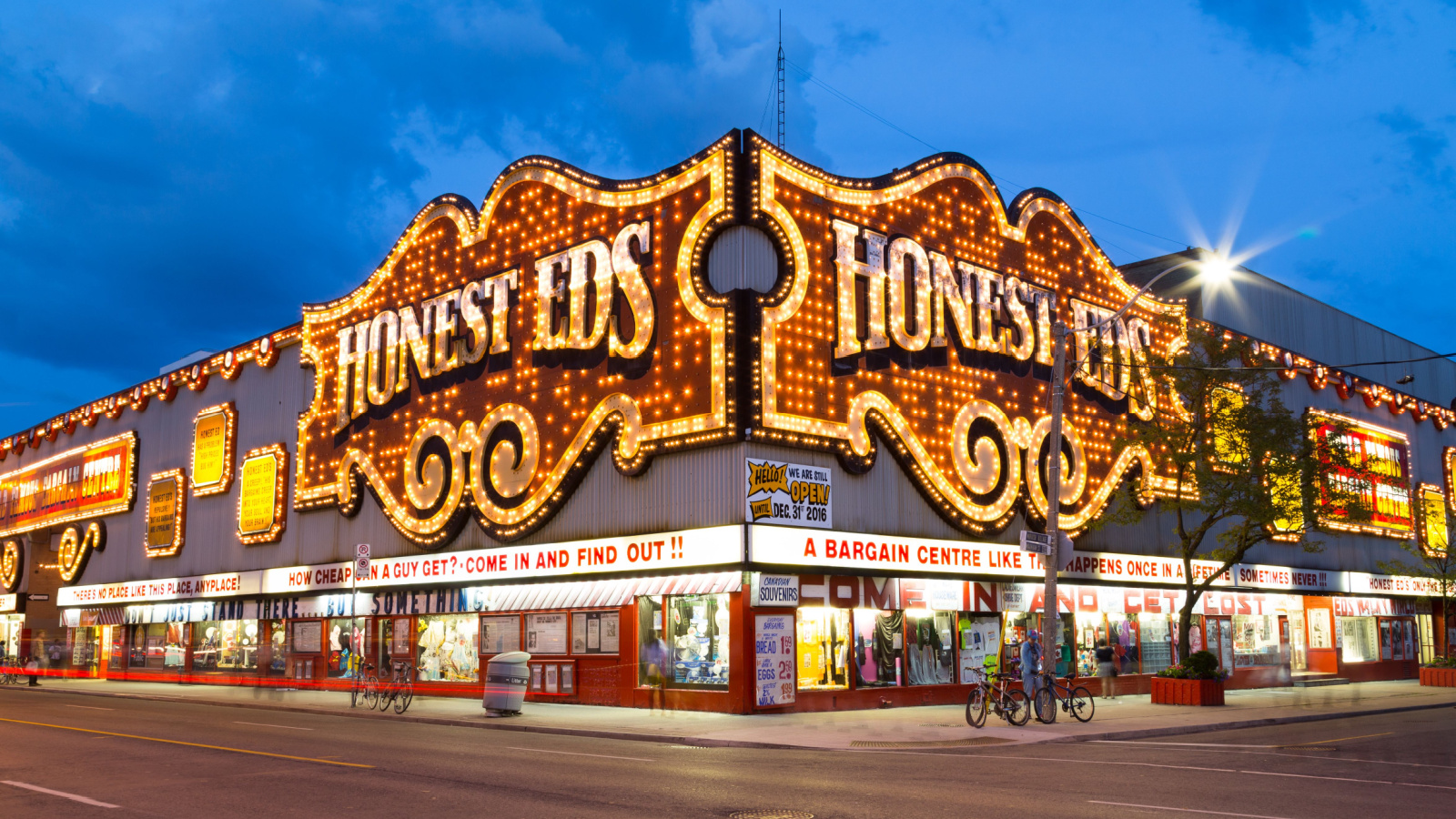
Honest Ed’s in Toronto wasn’t just a store; it was an institution. Opened by Ed Mirvish in 1948, it became famous for hand-painted signs, flashing lights, and unbelievable deals. Its personality and humor made shopping there a local experience. However, as the Annex neighborhood gentrified, the land value soared. In 2016, the building was sold and demolished to make way for condos. The closure wasn’t due to poor business alone but urban transformation. Honest Ed’s was more than retail; it was community theatre, and its loss changed Toronto’s cultural fabric forever.
Dylex Group

The Dylex Group was once Canada’s largest clothing retailer, owning banners like Club Monaco, Fairweather, and BiWay. Founded in the 1940s, it grew rapidly but overextended itself through acquisitions. As fashion trends and shopping habits evolved, Dylex failed to adapt. In 2001, after decades of dominance, it declared bankruptcy and sold off its brands. The collapse was a turning point for Canadian retail, showing how even conglomerates could crumble. Though some of its brands survived independently, the fall of Dylex ended a powerful chapter in Canadian shopping history.
21 Products Canadians Should Stockpile Before Tariffs Hit

If trade tensions escalate between Canada and the U.S., everyday essentials can suddenly disappear or skyrocket in price. Products like pantry basics and tech must-haves that depend on are deeply tied to cross-border supply chains and are likely to face various kinds of disruptions
21 Products Canadians Should Stockpile Before Tariffs Hit
